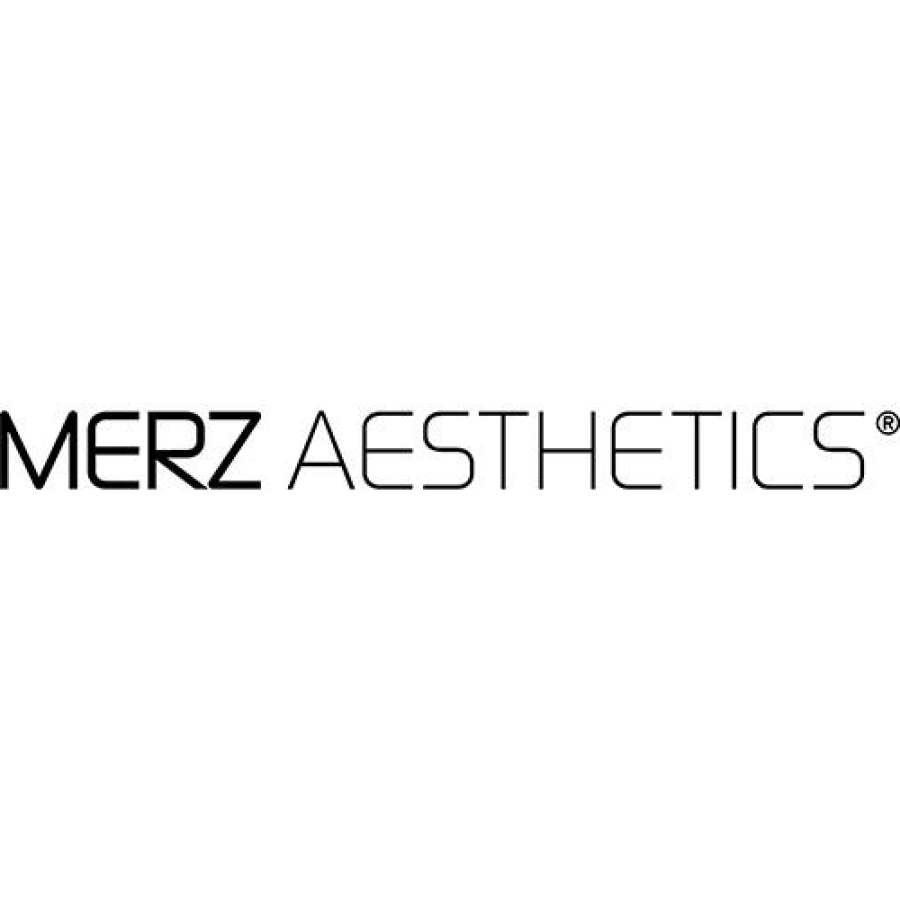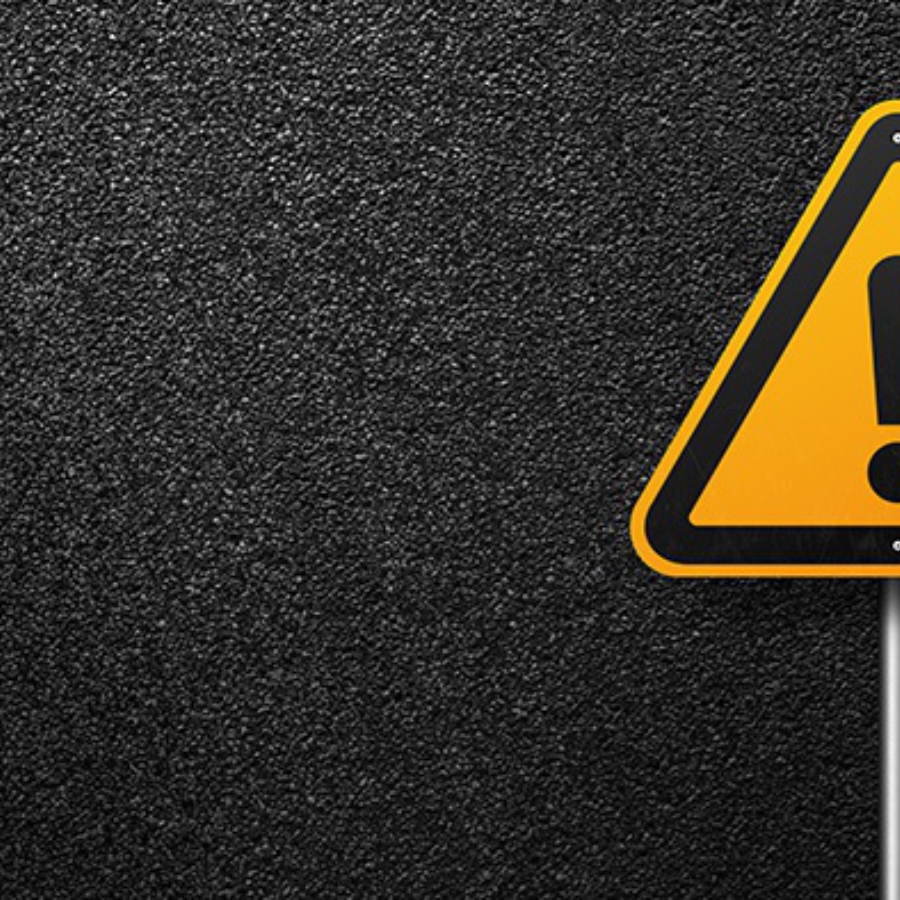
Clinical
Radiofrequency and Non-RF Microneedling Safety: What Patients Should Know
With Molly Muecke, RN, MSN, NP-CMicroneedling is a popular aesthetic treatment offered in 79% of med spas (2024 Medical Spa ...

Show your committment to patient safety, legal compliance and community over competition.
AmSpa members receive preferred pricing on all AmSpa live and virtual trainings.
Get the latest news and information about safe, legal practice in medical aesthetics directly in your inbox.
Get access to med spa laws, in-person and online training and more!
Posted By Madilyn Moeller, Thursday, September 9, 2021

By Madilyn Moeller, Editorial Assistant, American Med Spa Association
Almost half of the adult population may develop cellulite over time. Since cellulite is not fat, maintaining a healthy diet and exercising may not cause it to disappear. However, now that Qwo—a new U.S. Food and Drug Administration (FDA)-approved cellulite treatment from Endo Aesthetics—has been introduced, we think this is a good time to cover it and some other popular treatments used to improve the appearance of cellulite.
As we age, our skin thins. At the same time, fat cells can enlarge and push against the skin. The fibrous connective cords (septae) tethering the skin to the muscle fascia continue to pull down, creating an uneven surface and leaving a dimpled texture. This typically appears on the abdomen, buttocks and thighs. Cellulite affects the majority of women (80 – 90%) and some men, and is believed to be influenced by multiple factors, including sex, genetics and lifestyle, as well as hormones and age.
The difference in the way females and males store fat likely influences fat's appearance. In females, the fat cells and connective tissue are arranged vertically in the layer below the surface of the skin, whereas the male connective tissue has a crisscross structure and does not often create the same mattress-like peaks and valleys.
A variety of treatments are available to reduce the appearance of cellulite; some of them may last for three years or more. Cellulite treatments that release the fibrous septae are thought to more meaningfully treat cellulite; even then, however, new bands can become visible.
A 2009 cellulite severity scale ranks the condition into three grades based on the number of depressions, appearance and drape of the skin. Some new treatments are approved specifically for more severe forms of the condition.
Here is a list of some of the most common treatments for cellulite, including the new Qwo injectable.

Laser treatment: A small laser probe (Cellulaze) can be inserted under the skin through a small incision to reduce the thickness of the subcutaneous fat layer and slice the fibrous bands. This may also thicken your skin with the stimulation of collagen production. Swelling, bruising and hyperpigmentation may result from this laser treatment. An improved appearance may last for one year or longer.
Acoustic wave therapy: This energy treatment uses a handheld device that emits sound waves to break up cellulite, amp up collagen production and thicken and tighten the skin. It can take seven sessions to effectively treat the cellulite, and treatments may need to be repeated every few months to maintain results.
Subcision: A needle is inserted under the skin to break up tough fibrous bands. This is considered a surgical procedure. These results can last two years or longer.
Mechanical subcision: A device with a very thin blade is inserted through a tiny incision and used to cut the tightened septae. These treatments may have side effects including temporary soreness and bruising. The improved appearance of cellulite from this treatment can last for up to three years.
Vacuum-assisted precise tissue release: A device with small blades cuts the tough fibrous bands. Once the bands are released, suction pulls the tissue upward to fill out the dimpled skin. These treatments may improve the appearance of cellulite for up to three years.
Qwo (collagenase clostridium histolyticum-aaes), from Endo Aesthetics, is an injectable that was approved by the FDA in July 2020 to treat moderate to severe cellulite in female buttocks. The collagenases in Qwo are thought to release the fibrous bands, redistribute fat cells and stimulate the growth of new collagen. Patients receive three treatments 21 days apart, with up to 12 injections per treatment area and a maximum of two treatment areas. Visible results may be achieved in 10 weeks.
The most common side effects include injection site bruising, pain, areas of hardness, itching, redness, discoloration, swelling and warmth in the treatment area. Bruising may be significant and can last up to 21 days.
Qwo was first made available to medical spas and dermatology practices in late spring 2021 on a limited launch. Collagenase has safely been used to treat fibrous bands in conditions like Dupuytren's contracture, which affects the hands; this treatment is a new use for that material. The results long-term results of Qwo are not yet known. Receiving treatment from an experienced medical provider who can address any complications will be in a patient's best interest.

AmSpa Members who are interested in discussing the pros and cons of Qwo and other cellulite treatments with other providers from across the country can do so on AmSpa Connect or in the AmSpa Member Lounge on Facebook. If you are not a Member, click here to learn about these and other benefits of membership and to join today!
Related Tags
Medical spa news, blogs and updates sent directly to your inbox.

Clinical
With Molly Muecke, RN, MSN, NP-CMicroneedling is a popular aesthetic treatment offered in 79% of med spas (2024 Medical Spa ...

Clinical
On November 5, 2025, Merz Aesthetics announced that Ultherapy PRIME® gained U.S. Food and Drug Administration (FDA) clearance to improve ...

Clinical
By Belmar Pharma SolutionsWhen it comes to menopause, a once-taboo topic, the tide has finally changed. Women now have access ...

Clinical
The FDA’s recent safety communication regarding radiofrequency (RF) microneedling devices is a critical reminder: Aesthetic treatments involving energy-based devices are ...